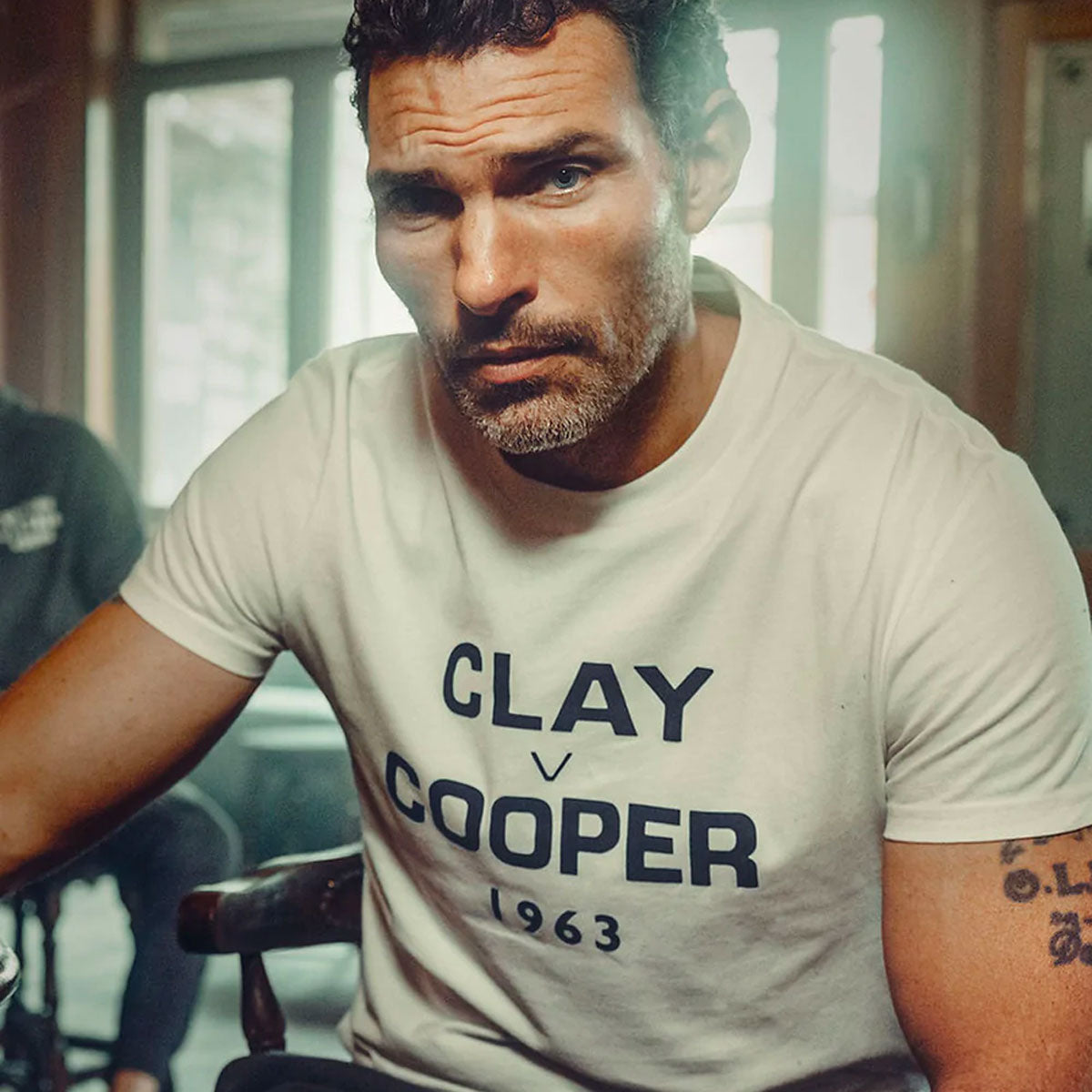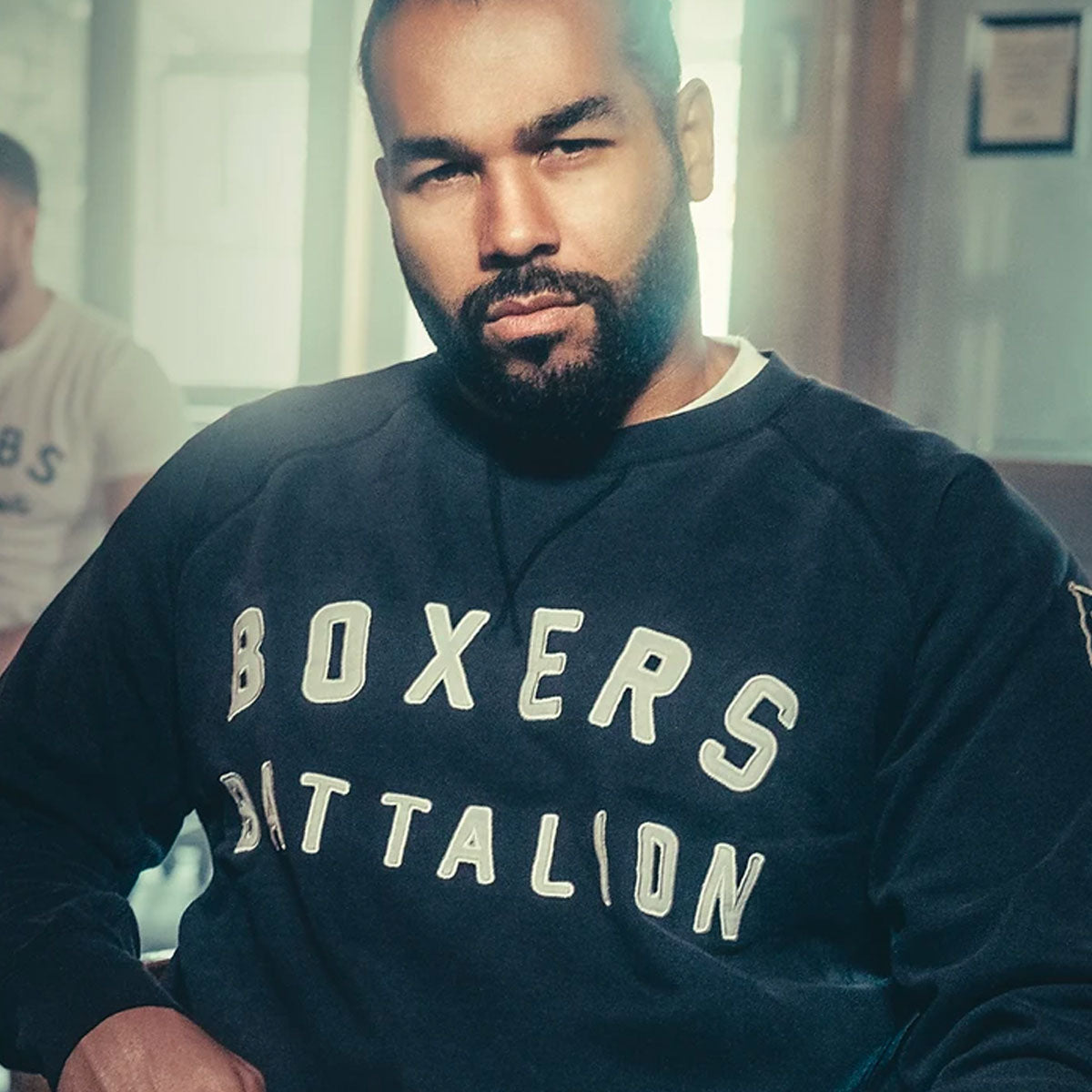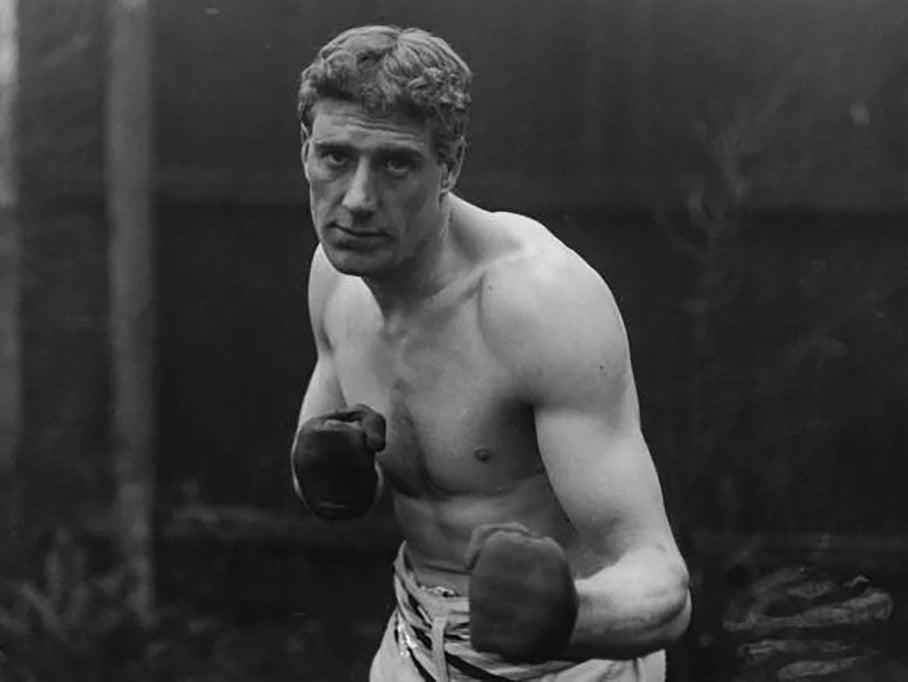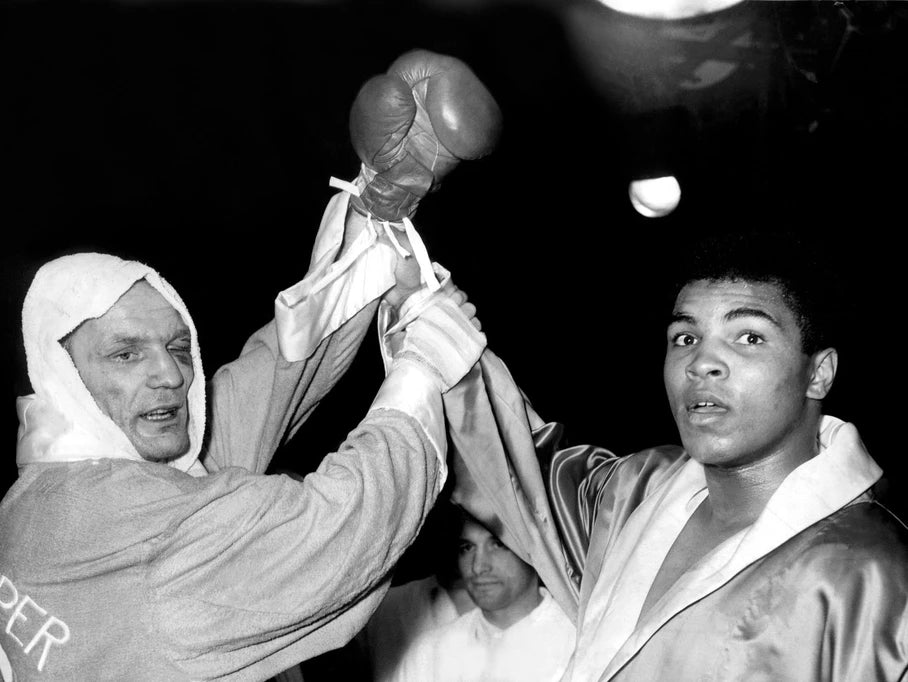Contributed by guest sportswriter Paul Zanon

The Fen Tiger is a legendary, almost mythical creature, from Fenland, Cambridgeshire. With apparent numerous sightings of the fearsome beast over recent decades, there is no solid evidence of the illusive cat’s existence.
Dave Boy Green, however, the man who adopted the Fen Tiger moniker, was anything but illusive. The gritty come forward fighter possessed a tenacity in the square ring that earned him the right to challenge for world title honours twice, against Hall of Fame boxing royalty.
So how did the son of a farmer end up transcending Fenland folklore?
Born on 2 June 1953 (the day of the Queen’s Coronation), after dabbling with football and cross country running, Green joined Chatteris Amateur Boxing Club in 1967, where he was trained by Arthur Binder, the man who had tutored none other than Eric Boon. The dapperly dressed Boon, often seen wearing tweed, coupled with a faultless haircut, would go on to star in a few of the famous ‘Carry On’ movies. He had a fight record as long as your leg, and of his 141 bouts, he won an incredible 114, losing 21, drawing five with one no-contest. However, despite Boon’s popularity in the media, he was never successful beyond domestic honours. The opportunity for Green to raise the bar was something he relished and embraced with gusto. 
After 105 amateur contests, with 83 victories, Green turned professional on 10 December 1974, with a two round demolition of Zambia’s Yotham Kunda. By 1 June 1976, Green had racked up an impressive 15 wins, 12 by stoppage and had earned himself the right to challenge the super lightweight Lonsdale belt holder, Joey Singleton, for his British strap.
Dressed in a tiger print dressing gown, Green walked to the ring at the Albert Hall supremely confident. Unleashing an unmerciful barrage of hooks to both the head and body, the Merseyside fighter soon battled cuts over both eyes and was forced to retire in the sixth session.
Six fights and six months later, the newly crowned British super lightweight champion returned to the Kensington venue to take on Jean-Baptiste Piedvache, who boasted a 39-1 record. Despite a gallant attempt to mix it with Green, the Frenchman, who was behind on the scorecards, was unable to come out for the ninth round.
Keeping busy, Green beat Argentine ring veteran Mario Omar Guillotti two months later, before stepping through the ropes to face the former WBC world welterweight champion, John H Stracey, a mere six weeks later on 29 March 1977. Green by this stage was 23-0 with 18 stoppages to his name. 
Stracey had lost his WBC crown nine months earlier against Carlos Palomino and was focused on the rematch, while for Green it was an opportunity to shine on the world stage for the first time. The fight was a final eliminator to challenge Palomino for the crown, and after a relentless performance from Green, inflicting major damage to Stracey’s left eye, the Fen Tiger turned the screw in the tenth and final round, winning the contest by TKO.
On 14 June 1977, the scene was set at the British Empire Pool, Wembley for Green to challenge for world honours. Despite Fenland’s favourite fighting son giving everything he had to offer, the wily American travelled to Green’s backyard, boxed beautifully against his barrages, then sent him to the canvas with a crunching left hook to the jaw, causing an 11th round stoppage. 
The loss against Palomino was the first time Green had hit the canvas as a professional, but he didn’t hang around to lick his wounds. Over the next 15 months he clocked up a further four wins, propelling him into prime position to take on the defending European welterweight champion, Luton’s Henry Rhiney, at the Albert Hall on 23 January 1979. Both fighters possessed power and had similar styles. Shortly after the fight was announced, tickets were sold out as the fans expected to see fireworks. They weren’t disappointed.
From the opening bell, both fighters went at each other all guns blazing, with neither man backing down. A thunderous right hand from Green in the fifth session brought the contest to a halt, making him a two-weight European champion. The first Brit in fact since Ted ‘Kid’ Lewis, who achieved the feat in 1920, beating Johnny Basham.
Five months later, the ‘Boy’ (more a colloquial term at the time used as ‘mate’ in Norwich), lost his European title to Danish battler, Joergen Hansen. Despite knocking down the Dane in the second session, Green was floored twice in the next round, losing his European strap. Racking up a further two wins before the end of 1979, including a points victory over Dick Eklund (the brother of ‘Irish’ Micky Ward), he was then thrown into the lion’s den against an all time great. 
On 31 March 1980, Green earnt a career high £125,000 payday and a second shot at the WBC welterweight strap. Since his loss to Palomino, the WBC crown had passed hands a few times but was now in the custody of a certain Ray Charles Leonard, more commonly known as ‘Sugar Ray’.
Predictably, Green was eventually stopped in four. Talking about the fight, he would later say, “I wouldn't have beat him if I'd have trained for fifty years, the man was so good. He never trained as hard as me, but he didn't need to because he was so clever.” With another four victories and one loss, Green finally hung up the gloves on 3 November 1981, cementing his place in British boxing history.
As well as his notable ring achievements, Green was awarded an MBE in 2012 for services to boxing and his charity work in Cambridgeshire. He retired with a professional record of 37 wins in 41 contests, including wins 29 inside the distance.
Paul Zanon, has had nine books published, with almost all of them reaching the No1 Bestselling spot in their respective categories on Amazon. He has co-hosted boxing shows on Talk Sport, been a pundit on London Live, Boxnation and has contributed to a number of boxing publications, including, Boxing Monthly, The Ring, Daily Sport, Boxing News, Boxing Social, amongst other publications.






